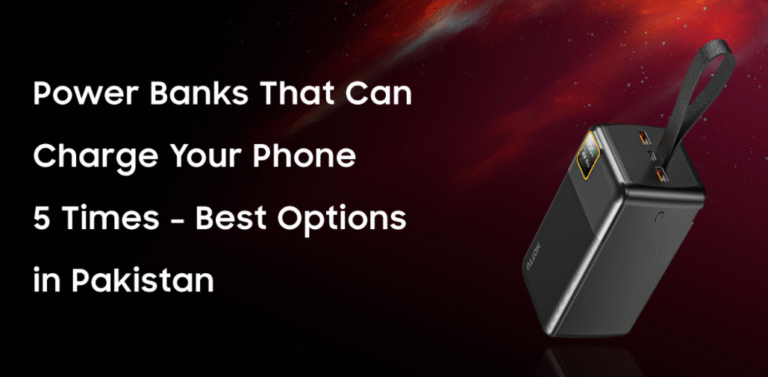What are the top accessories for off grid solar system kit?

When designing an off grid solar system kit, I don’t just focus on the panels and the inverter. An efficient kit requires a set of carefully selected accessories to ensure safety, reliability, and optimal performance. The seven essential accessories every off grid solar system kit needs: sturdy mounting hardware, a high-quality charge controller, a deep-cycle battery bank, a reliable inverter, professional cabling and wiring solutions, monitoring and controls, and environmentally friendly equipment. With these must-have accessories, your solar kit will provide sustainable energy, long life, and the peace of mind you expect from a turnkey off-grid power solution.
Off Grid Solar System Kit Mounting and Bracketing Solutions
An off grid solar system kit cannot do without a solid foundation, so mounting and bracketing hardware are at the top of my list of essential accessories. A well-designed bracket will keep your solar panels in the optimal orientation to maximize irradiance absorption, prevent wind stress, and minimize frame corrosion for decades to come. I always specify anodized aluminum rails and stainless steel fasteners to ensure a balance between lightweighting and structural integrity, which is critical for residential rooftop and ground-mounted off grid solar kits. Additionally, I offer adjustable tilt brackets that allow for seasonal adjustments, increasing annual energy production by up to 15%. By investing in a high-quality mounting solution, my customers have avoided costly rework, prevented water from seeping under the panels, and achieved a streamlined installation that can withstand storms and temperature cycles.
Off Grid Solar System Kit Charge Controller and MPPT Regulation
A critical accessory in any off grid solar system kit is a charge controller, especially a Maximum Power Point Tracking (MPPT) model, which can increase energy harvesting by 10-30% compared to a simple PWM unit. I select MPPT controllers with high conversion efficiency and a wide voltage input range to ensure compatibility with various panel configurations. In addition to raw efficiency, the controllers I select include temperature-compensated battery charging algorithms that protect lead-acid or lithium batteries from overcharging at high temperatures and undercharging at low temperatures. Many of today’s top MPPT controllers also feature integrated Bluetooth or Ethernet connectivity, allowing me to fine-tune settings and collect performance data remotely. By pairing an intelligent MPPT charge controller with your off-grid solar system kit, you can ensure responsive battery management, optimal array utilization, and long-lasting energy storage.
See also: The Influence of Tech on Modern Communication
Deep Cycle Battery Packs
Energy storage is at the heart of off-grid autonomy, so deep-cycle battery packs are an essential accessory in off-grid solar system kits. In my designs, I tend to use LiFePO₄ batteries due to their long cycle life of over 5,000 cycles, wide temperature range, and safety features. However, quality AGM lead-acid batteries remain cost-effective for those on a limited budget. When sizing the battery pack, I follow a rule of thumb of 2-3 days of autonomous operation, adjusting the capacity upward during off-peak seasons or at higher loads. Proper placement of the battery in a ventilated, insulated enclosure indoors can protect it from extreme environments.
An integrated battery management system can further protect the battery from overcurrent, overheating, and low-voltage events. By including a powerful battery pack in your off grid solar system kit, you can provide reliable, all-weather power for critical circuits from refrigeration to communications long after sunset.
Inverters and Hybrid Capabilities
To convert stored DC power into AC power usable by household appliances, every off grid solar system kits needs a high-fidelity inverter, preferably a hybrid model with both grid-tie and standby capabilities. A pure sine wave inverter in the 3-10 kW range can meet most residential needs, providing enough surge capacity to start inductive loads such as motors and air conditioners. Hybrid inverters automatically switch between solar, battery, and generator, maintaining uninterrupted power and optimizing fuel savings for backup generators.
Modern units also incorporate built-in transfer switches and programmable load prioritization for seamless switching during cloudy days. Choosing an inverter with robust overload protection, low self-consumption, and remote monitoring ensures that your off grid solar system kit provides clean, stable power for all electronic devices and appliances, whether the grid is available or not.
Use Professional Wiring and Safety Components
Even the best off-grid solar system kit can fail due to improper wiring or the absence of essential safety components. I always go with properly sized solar DC cables—UV-resistant, double-insulated, and rated for outdoor exposure to minimize voltage drop and prevent overheating. Premium MC4 connectors ensure waterproof, tool-free assembly of panels and combiner boxes. On the AC side, I specify copper THHN conductors installed in lockable switchboards and equipped with AFCI/GFCI circuit breakers, surge protectors, and disconnect switches. Each subsystem boundary is equipped with appropriately rated fuses and circuit breakers to prevent overcurrent and ensure safe maintenance. By combining these professional-grade wiring accessories, I guarantee that each off-grid solar system kit is installed in accordance with NEC guidelines, maximizes throughput, and maintains the highest safety standards.
Equipping your off grid solar system kit for success
The core components of an off grid solar system kit, solar panels, batteries, and inverters, lay the foundation, but it is the top accessories that truly determine its long-term success. From sturdy mounts and MPPT charge controllers to deep-cycle batteries, hybrid inverters, professional wiring, and advanced monitoring interfaces, each add-on improves reliability, efficiency, and safety.





